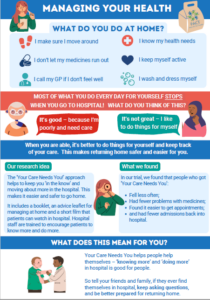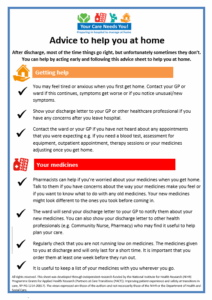 What is the problem?
What is the problem?
Some healthcare practices are implemented without any evidence that they are of benefit, and can add an unnecessary burden to the day-to-day work of healthcare staff. It’s sometimes difficult to identify these practices – they might have become routine, or they might be seen as a regular part of someone’s role. This practical, step-by-step toolkit is a guide to help you think about the healthcare you provide, and identify tasks and processes that you may feel:
- are not the best use of your time
- duplicate other tasks and processes
- do not provide benefits for patients
How will this toolkit help?
The toolkit provides tools and resources to help you identify which tasks or processes might be suitable for streamlining, and a step-by-step a guide to developing an evidence-based strategy for safely rethinking, reducing or removing a practice. It has been developed by a team of researchers with experience in this area, through consultation with healthcare professionals and public contributors. The toolkit also provides links to improvement models, ideas from behavioural science and case study examples from healthcare to increase your understanding and help you streamline care while keeping staff and patient experiences and wellbeing at the heart of what you do.
 You can find the toolkit here.
You can find the toolkit here.
What does this mean to patients, the public, health and social care services?
We would like to hear your experiences
We will be building a collection of case studies on this site to share people’s experiences of using the toolkit. Please follow this link to see an example. Share your experiences here

 What was the problem?
What was the problem?
 What was the problem?
What was the problem?
